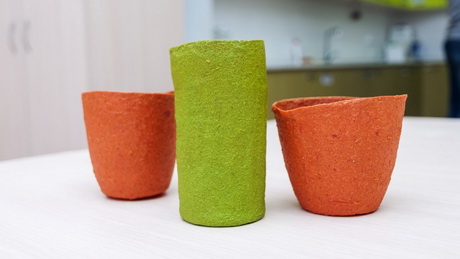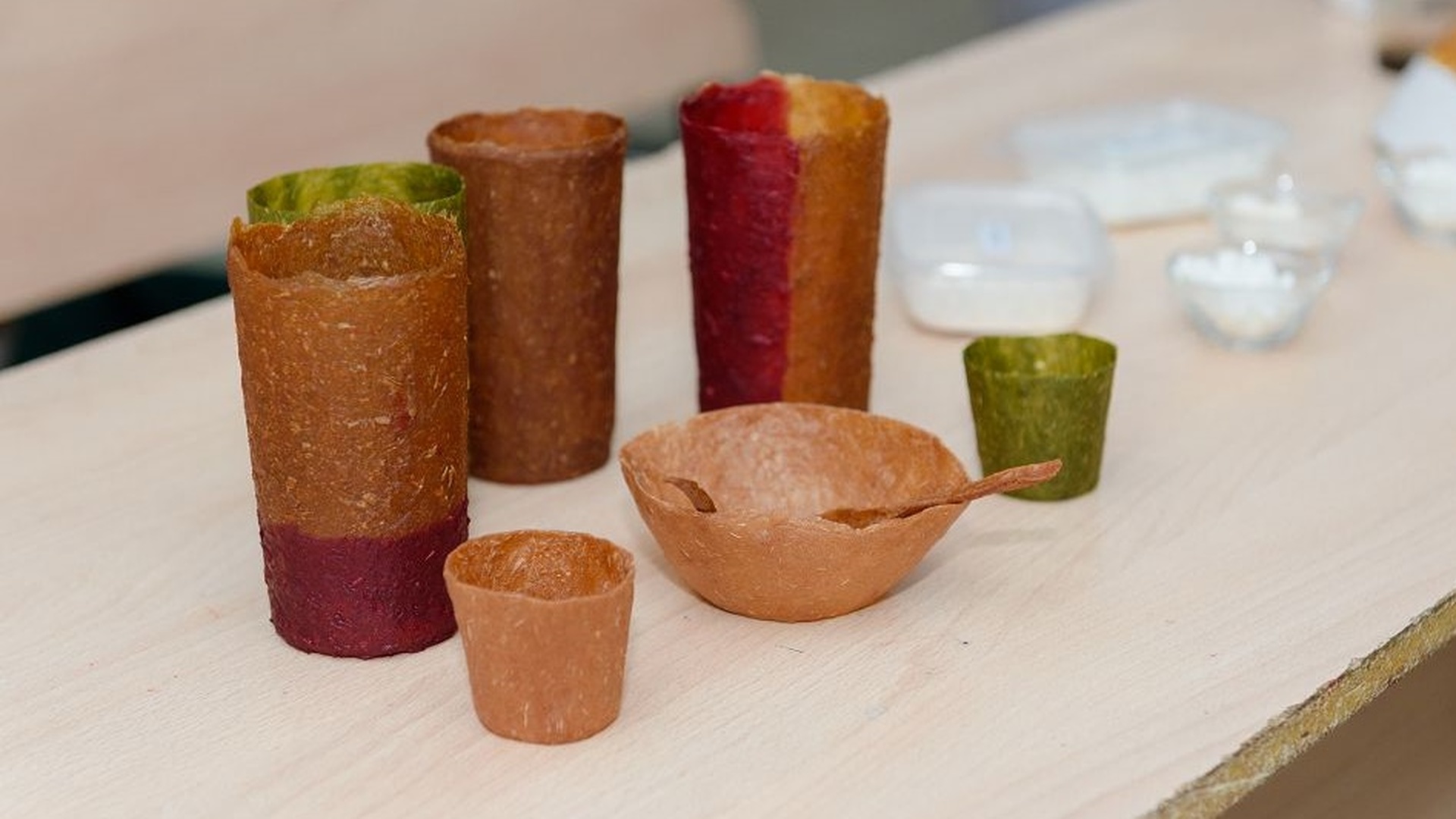
A few years ago the Technology and Catering Department of the Samara State Technical University started developing edible food films. Researchers received three patents for their unique technology and decided to expand their area of work. This is how a new ambitious project to create edible dishes has appeared.
The authors state that the idea to create edible films from natural raw materials originates from creating a new diet for astronauts.

“Initially, we sought to create a package to store and reheat food, then eat it together with food. Other packaging proves itself inconvenient in space — it is difficult to recycle,” said Nadezhda Makarova, project manager, chief of the Technology and Catering Department.
However, packaging, which can be eaten together with the product itself, will be indispensable not only in space. It will be useful for those who work in Arctic conditions or on offshore oil platforms, for those who like to travel with a backpack on their back.
.jpg)
Researchers note that there are several examples of creating similar films around the globe. But such films are edible with some conditions, as they are composed not only of natural raw materials, but also include artificial additives. This packaging has no negative impact on the human body, but it does not get digested completely.
Meanwhile, the product, developed in Samara, is made exclusively from natural ingredients, with no dyes or preservatives. Moreover, the film from vegetable raw materials has a low caloric value, so it can be viewed as a dietary product.
The main advantage of their technology — production processes do not involve profound chemical changes. They apply standard techniques, common in the food industry (mixing, concentration, forming layers of primary raw materials).
To produce edible film, first they make fruit or vegetable puree, then form a mass with a softening agent and leave the sheet it to dry at a temperature of no higher than 60 degrees.
A similar technology is applied for edible tableware, the only difference is that the viscous mass is poured into a special form and then dried.
When developing recipes for food films, researchers experiment with raw materials from various fruits, berries and vegetables: apples and carrots, currant and chokeberry, plums and strawberries, green beans, pumpkins, blueberry.
Apples suit for making tableware better than others due to their flavor and viscoplastic properties. An apple cup turned out to be so hard that you can pour boiling water into it.
Similarly to edible packaging, edible tableware will help solve the problem of waste disposal. You can eat your cup after using or throw it away. If placed in water, it dissolves completely in twelve hours. For comparison: polyethylene bags decompose for several hundred years, packaging from fruits — as long as these fruits themselves.
In the long term, researchers plan to produce sets of disposable tableware. They have started from cups, because they are the most popular type of garbage.
It is also important to note that their technology is far from being expensive. The production of one edible cup costs 30-40 rubles. But the authors of the project intend to reduce production costs anyway, as well as automate the process and launch mass production.
The scientific group has already applied for a patent for their “apple” technology.


Comments (0)
Twitter
Facebook
Pinterest
E-mail